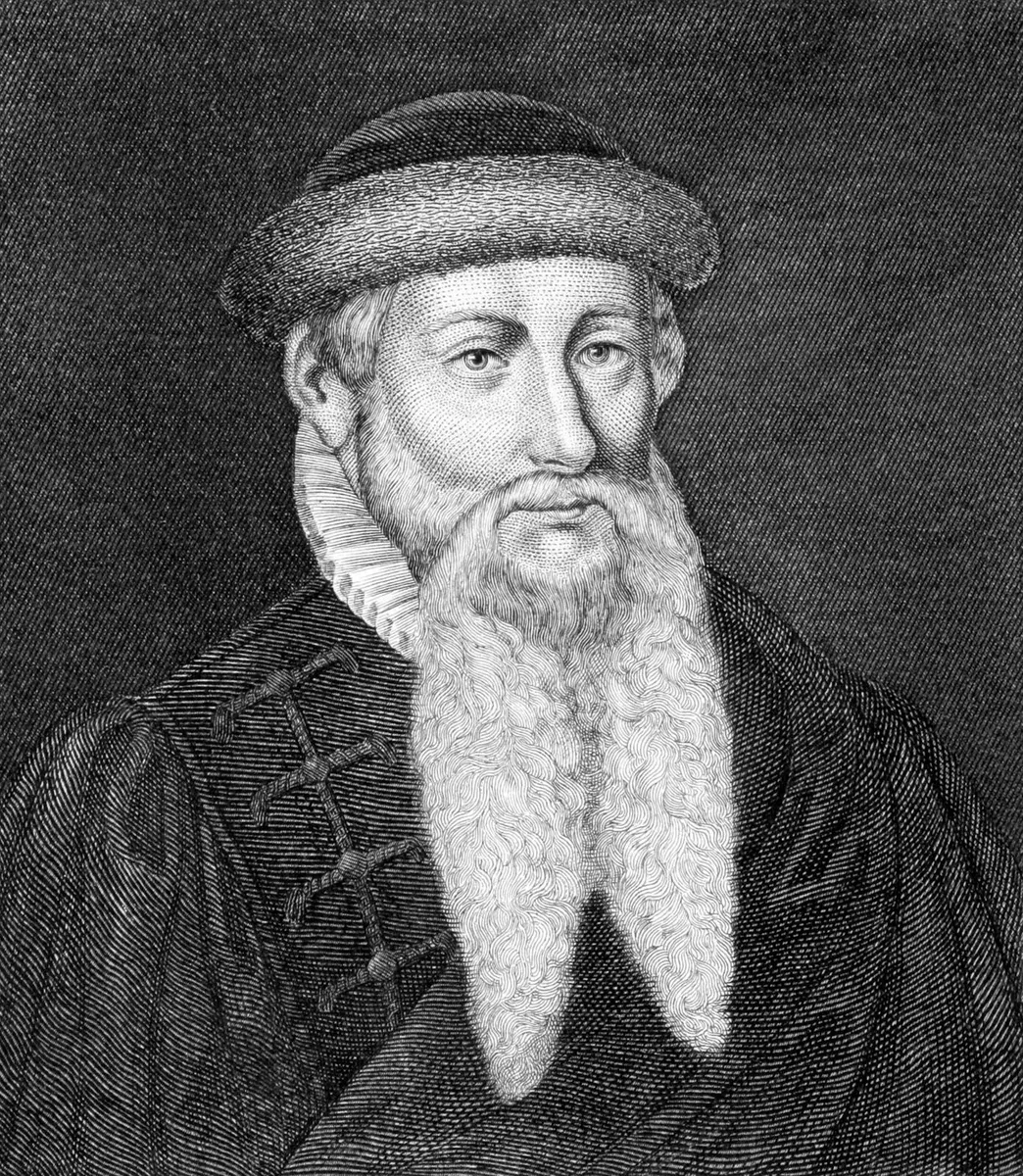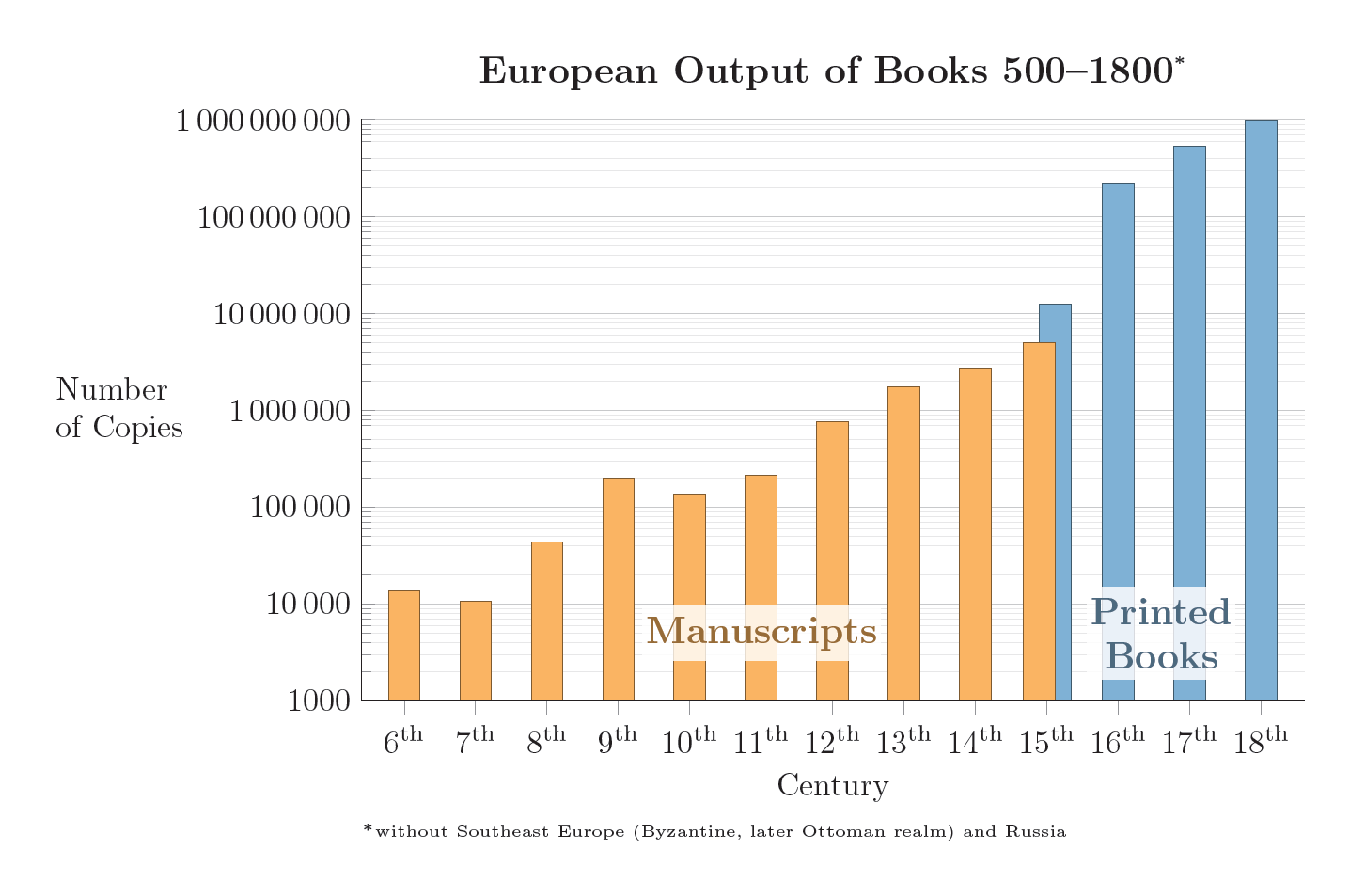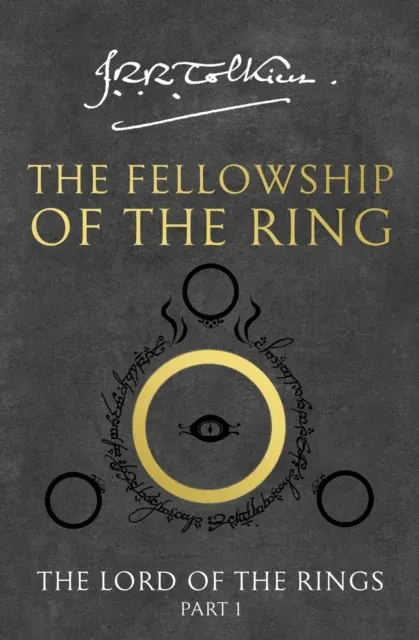Johann Gutenberg

Johann Gutenberg was one of the most important inventors of the Renaissance because he invented the printing press.
Johann was the son of a goldsmith, so he learned how to make metal objects. Back in his day, goldsmiths made not only jewelry, but also plates, cups, implements, and other useful objects.
Not much is known about his early life, but we know that his father had a seat in the assizes (courts) for forgery cases, which shows that he was skilled enough for telling fake coins from real ones. There was an uprising in his town around 1430, so he had to leave to a different one until things got calmer.
In 1434, Johann enrolled in the Strasbourg militia, which shows that he went there to live with his relatives. In 1437, it was documented that he was teaching a wealthy tradesman to polish gems.
In 1448, Johann asked for a loan from his brother-in-law Arnold Gelthus to set up a printing press, and in 1450 set up the first printing press. He then asked for a loan from a man named Johann Fust to run his company.
In 1455, Gutenberg completed his copy of the Bible, printed in German instead of Latin, but was then confronted by Fust, whom he didn't repay. The court ruled in favor of Fust, who took Gutenberg's press and half of his Bible copies.
Luckily, Gutenberg had another printing press and set up another company. In 1465, he was given the title of Hoffmann, or Gentleman of the Court, and kept the title until he died in 1468. He was given that title by the bishop of the town he was living in because he printed books and other paper objects for the church.

This chart shows how much Gutenberg's printing press helped in writing books. Before the printing press, people had to hand-write manuscripts, which were very expensive, took a long time to make, and were usually in Latin.
Now that the printing press was invented, commoners could read books and understand them, most of them being in vernacular. The printing press made learning easier and more widespread.




